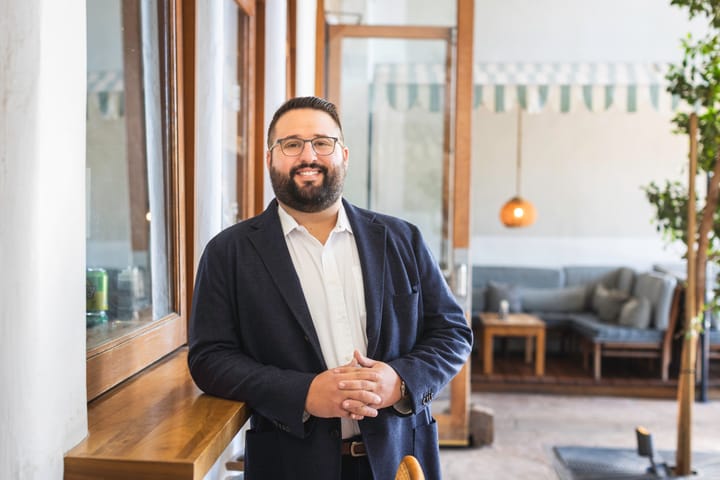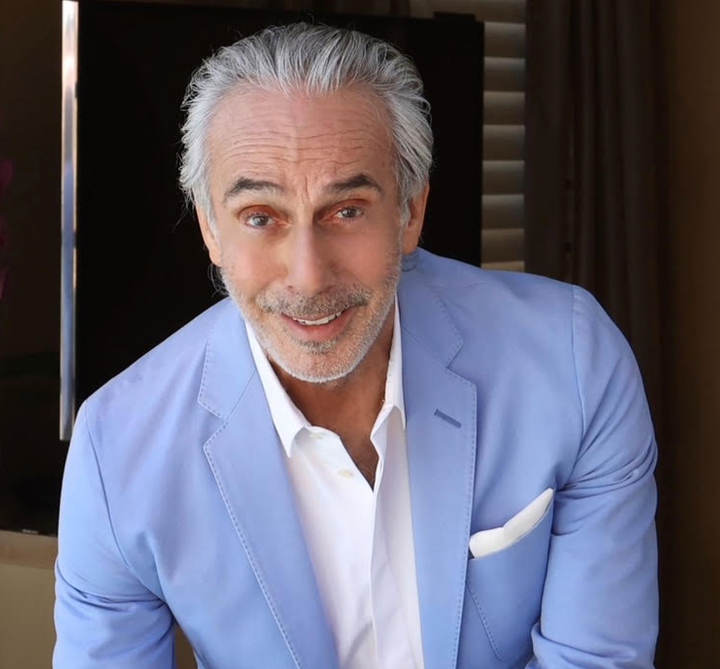Heritage might be your secret growth engine
For Philipp Mirow, heritage is more than history—it’s raw material for reinvention.

For Philipp Mirow, heritage is more than history—it’s raw material for reinvention. He’s worked with global hospitality and lifestyle brands to prove that trust built over decades can fuel fresh relevance today. As the founder of Meridian Thinking, Mirow specializes in distilling timeless brand DNA and remixing it with today’s culture design and customer expectations. The result? Brands that feel both rooted and relevant—proof that legacy can be a launchpad, not a liability.
—Interview by Jennifer Glatt, edited by Lesley McKenzie
The reopening of the Waldorf Astoria New York this year has drawn a lot of attention. Why does it matter beyond the property itself?
The Waldorf’s reopening is more than a milestone—it’s a symbol of the challenge heritage hotels face everywhere. How do you honor what made you iconic while staying relevant to modern travelers? That same question is driving moves across the industry. Hilton just launched a flagship property in Arlington it describes as “ushering in a new evolution of hospitality.” Radisson has repositioned itself. Marriott is integrating citizenM. Even the biggest brands are rethinking how heritage is expressed today.
You’ve worked with heritage brands across hospitality, travel and other industries. What lessons stand out from that experience?
I’ve seen the same questions surface time and again: how do you preserve what people love about a brand while evolving to stay relevant for the next generation? Over the years, I’ve distilled six principles that help answer that.
Where does history fit into a brand’s future?
Lesson 1: History is a starting point, not a strategy
Heritage builds recognition and trust. It anchors brands in cultural memory. But it is not a strategy. Pan Am is still iconic, but only as nostalgia, celebrated at the TWA Hotel. The Waldorf has been restored with exquisite detail, yet the emphasis is on preservation rather than vision. By contrast, Belmond’s Britannic Explorer takes the golden age of rail and reinterprets it for today’s luxury traveler. Restoration matters, but heritage must translate into relevance.
How can brands evolve without losing their DNA?
Lesson 2: Find the essence, reframe the expression
The strongest brands define what must endure and then reframe how it shows up. At Tiffany & Co., aspiration and the blue box will always be central. I worked on reframing Tiffany for male gifters, making the act of giving feel more intentional. More recently, collaborations with Nike and Pokémon extended that same DNA into pop culture. In hospitality, Courtyard by Marriott began as the first brand for business travelers. That truth still holds, but its expression has shifted—from red bed skirts and dial-up modems to flexible lobbies and lifestyle-driven spaces.
What role do values play in sustaining heritage?
Lesson 3: A brand’s values are part of its identity
Values become inseparable from a brand’s identity over time. When they’re upheld, they create continuity. When they’re abandoned, trust erodes. Ben & Jerry’s has always woven activism into its story, and that consistency strengthens the brand. Southwest Airlines long stood for egalitarian principles with open seating; moving away from that shifted its identity. Target’s rollback on DEI went further, triggering boycotts and billions in lost market value. If you shed your values, heritage becomes hollow.
Can heritage ever hold a brand back?
Lesson 4: Yesterday’s differentiation is tomorrow’s deadweight
Yes—what once set you apart can become a liability. When I led Radisson’s repositioning, the industry’s “full service” language no longer fit. Guests weren’t asking for 24-hour restaurants or formal room service; they wanted quality gyms, grab-and-go dining and spaces that reflect how people really travel. Virgin Voyages has done something similar in cruising, rejecting legacy tropes like buffets and formal nights in favor of design, wellness and inclusivity. Differentiation must evolve, or it becomes baggage.
Many brands declare their relevance through marketing. Why isn’t that enough?
Lesson 5: Your customers decide if you’re relevant, not you
Because relevance is earned in everyday moments, not declared in a boardroom. Cracker Barrel invested $700 million in a rebrand that customers viewed as erasure of identity. The backlash wasn’t about nostalgia—it was about not listening. Starbucks, by contrast, acknowledged feedback that mobile-only stores felt impersonal. By restoring seating and warmth, they re-anchored the “third place” promise. Ultimately, customers decide if your heritage still matters.
What happens if heritage brands don’t evolve quickly enough?
Lesson 6: The gap you ignore defines your competitors’ growth
Whitespace doesn’t stay empty for long. In hospitality, citizenM and The Hoxton captured the gap between bland consistency and high-end luxury, creating brands built around design, tech and social connection. In aviation, JetBlue Mint redefined the premium experience at a disruptive price point. Scale and recognition won’t protect you. If you leave a gap, others will fill it.
When it comes to balancing legacy and relevance, what’s the biggest takeaway for hoteliers?
Heritage is trust you can’t buy. It anchors you in cultural memory and can command a price premium when activated with intention. But left untouched, it risks becoming nostalgia—or irrelevance. Hotels need to treat heritage as momentum, not preservation. The brands that extract their DNA, evolve it for today and extend it into tomorrow will move from monuments of the past to movements for the future.
Want to read more? Check out the archive.
Thanks for reading today's edition! You can reach the newsletter team at newsletter@mintpillow.co. We enjoy hearing from you.
Interested in advertising? Email us at newslettersales@mvfglobal.com
Mint Pillow is curated and written by Jennifer Glatt and edited by Lesley McKenzie.




